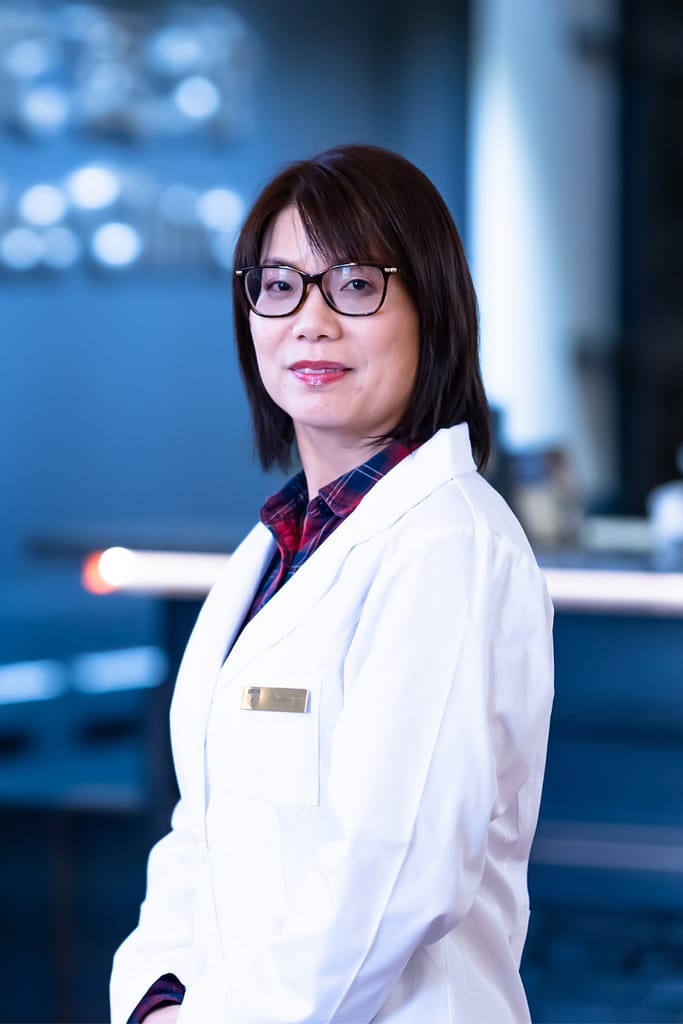The Role of Acupuncture and Herbal Medicine in Treating Rheumatoid Arthritis
Rheumatoid arthritis (RA) is a chronic autoimmune disorder that affects the joints, causing inflammation, pain, stiffness, and swelling. The disease occurs when the immune system attacks the synovial membrane, a thin layer of tissue that lines the joints, causing inflammation and damage to the joint and surrounding tissues. Over time, the inflammation can lead to cartilage and bone damage, and eventually to joint deformity and disability. RA can affect people of all ages, but it is most common in women and people between the ages of 40 and 60.
Conventional treatment options for Rheumatoid arthritis include:
- Nonsteroidal anti-inflammatory drugs (NSAIDs): They relieve pain and reduce inflammation. Possible side effects include stomach pain, ulcers, and bleeding.
- Disease-modifying antirheumatic drugs (DMARDs): They slow or stop the progression of the disease by suppressing the immune system. Possible side effects include nausea, diarrhea, and liver damage.
- Biologic response modifiers: They target specific parts of the immune system to reduce inflammation and joint damage. Possible side effects include increased risk of infections and cancer.
- Steroids: They reduce inflammation and pain but have significant side effects when used for a long time, such as weight gain, high blood pressure, and increased risk of infections.
- Surgery: In severe cases, joint replacement surgery may be needed. Possible complications include infection, blood clots, and nerve damage.
In Traditional Chinese Medicine (TCM), RA is classified as a bi-syndrome, which refers to a group of disorders characterized by pain, stiffness, and discomfort in the muscles, bones, and joints. It is believed to be caused by a combination of external factors (such as cold, dampness, and wind) and internal factors (such as qi and blood stagnation) that disrupt the body’s natural balance and flow of energy. Bi-syndrome is typically classified according to the specific patterns of disharmony involved, and treatment may involve a combination of acupuncture, herbal medicine, dietary therapy, and other TCM modalities to restore balance and promote healing.
In Traditional Chinese Medicine, the treatment for RA typically involves a combination of acupuncture and Chinese herbal medicine. Some commonly used herbs in TCM for RA include:
- Duhuo (Angelica pubescens)
- Sangji Sheng (Taxillus herbaceus)
- Fangfeng (Siler divaricatum)
- Qinjiao (Gentiana macrophylla)
- Chuanxiong (Ligusticum chuanxiong)
These herbs are believed to have anti-inflammatory properties, and are often combined into specific formulas tailored to the individual patient’s needs.
In terms of acupuncture, specific points on the body are targeted to improve circulation and reduce inflammation, and promote overall health and wellness. Commonly used acupuncture points for RA include:
- LI4 (Hegu)
- ST36 (Zusanli)
- SP6 (Sanyinjiao)
- GB34 (Yanglingquan)
- BL23 (Shenshu)
At Huatuo Clinic, besides acupuncture and herbal medicine, we also incorporate moxibustion therapy in our treatment approach for rheumatoid arthritis (RA). Moxibustion is a traditional Chinese medicine technique that involves burning mugwort herb near specific acupuncture points on the skin to promote healing and alleviate pain. This therapy is thought to improve blood circulation and enhance the flow of vital energy or Qi in the body, ultimately aiding in the relief of RA symptoms.
At Huatuo Clinic, our goal is to provide effective treatment solutions, promote natural healing, and help patients manage the symptoms of RA. Please contact us for a professional consultation.





